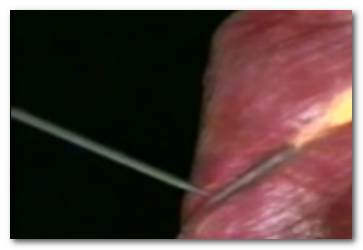The obturator nerve is the biggest nerve in the front lumbar plexus, which is a group of nerves or a nerve network present in the lower back region. This cluster of nerves acts as a passageway for electrochemical signals that connect the brain to the abdomen, back, knees, and groin, and are regarded as constituents… Continue reading What is the Obturator nerve?
Tag: function
Obturator Internus
The obturator internus is the name of a fan-shaped muscle which commences near the obturator foramen on the pubis’ medial surface, features varied vital fascial connections, continues posterior-laterally, and connects to the femur’s greater trochanter’s inner surface. Along with 5 other muscles, the obturator internus is classified as the ‘deep six’ muscles that help externally… Continue reading Obturator Internus
Foramen Rotundum
Foramen rotundum is a term used to describe a rounded hole or opening in the sphenoid bone of the skull, which in turn joins the pterygopalatine fossa and the middle cranial fossa. It transfers the trigeminal nerve’s maxillary nerve branch, the emissary veins, and the foramen rotundum’s artery Foramen has its origins in Latin, wherein… Continue reading Foramen Rotundum
Cephalic Vein
Also called the antecubital vein, the cephalic vein is one of the 2 major superficial or shallow veins present in the arm of humans and extends from the shoulder to the wrist. It may be noted that veins situated near the skin’s surface are known as superficial veins. The cephalic veins passes through near the… Continue reading Cephalic Vein


